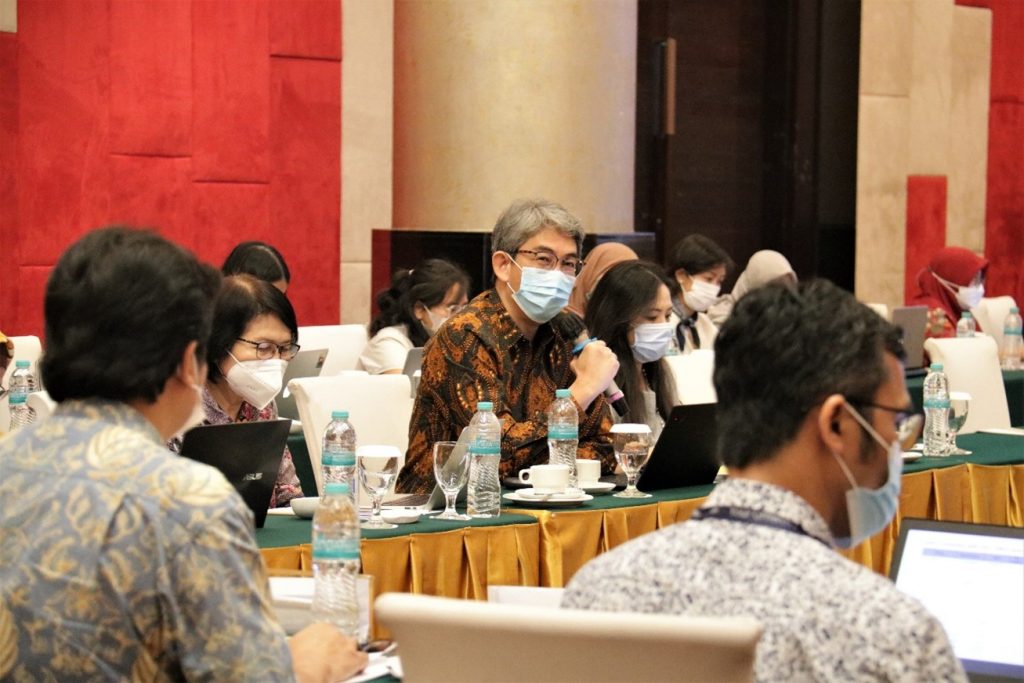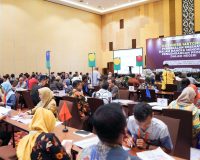Medical devices are one of the important needs that must be met in order to improve the provision of health services. Based on Presidential Instruction Number 6 of 2016 concerning the Acceleration of the Development of the Pharmaceutical and Medical Device Industry, the Ministry of Health seeks to increase the growth of the number of industries and types of medical devices produced so as to achieve domestic products that are of high quality, have competitiveness and are affordable by the community. However, not a few medical devices in circulation are imported products. Based on LKPP e-Catalog data for 2019-2020, medical device transactions are still dominated by imported products, reaching 88% of the total transaction value of medical devices. Therefore, the government needs to take policies to regulate medical device spending for government health service units and encourage the utilization of domestic resources.
Along with the increasing need for medical devices, the Ministry of Health took a strategic step by issuing Minister of Health Regulation Number 17 of 2017 concerning Action Plan for Accelerating the Development of Pharmaceutical and Medical Device Industry to support the program to increase the utilization of domestic resources as raw materials to produce medical devices. The Directorate General of Pharmaceuticals and Medical Devices through the Directorate of Pharmaceutical and Medical Device Resilience as the program implementer planned a creative solution to support the achievement of the program by holding a meeting "Focus Group Discussion between Producers of Raw Materials / semi-finished products components of Medical Devices and the Indonesian Medical Device Industry".

The meeting, which was held in Jakarta on August 3, 2022, was attended by the raw material / semi-finished products component industry, the domestic medical device industry, the medical device industry association, and the internal Ministry of Health. The implementation of this activity is one of the stages to map domestic medical device raw materials, especially stainless steel, plastic, and rubber/latex. Cross-sector participants and associations conveyed several components that must be fulfilled and inputs that need to be considered in medical device production cooperation. From the discussion, outputs were obtained in the form of recommendations that are of common concern to create quality medical devices and have competitiveness both in terms of quality and price, so that it is hoped that in the future Indonesia will have resilience in the health sector that is able to meet the needs of medical devices with products made in the country.



 Focus Group Discussion between Manufacturers of Raw Materials/semi-finished products Components of Medical Devices and Indonesian Medical Devices Industry
Focus Group Discussion between Manufacturers of Raw Materials/semi-finished products Components of Medical Devices and Indonesian Medical Devices Industry















